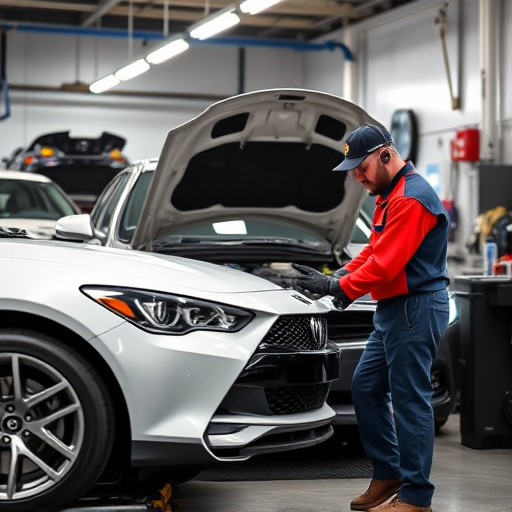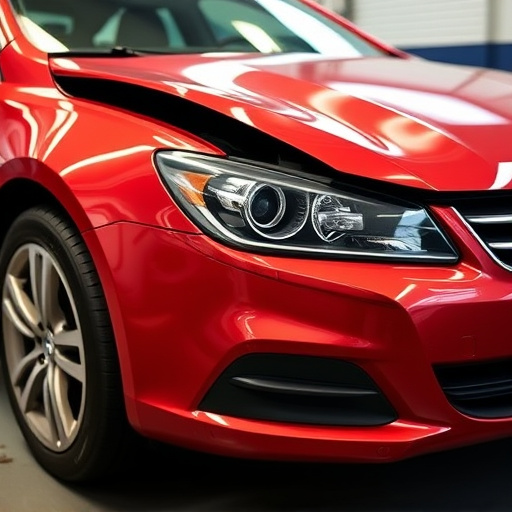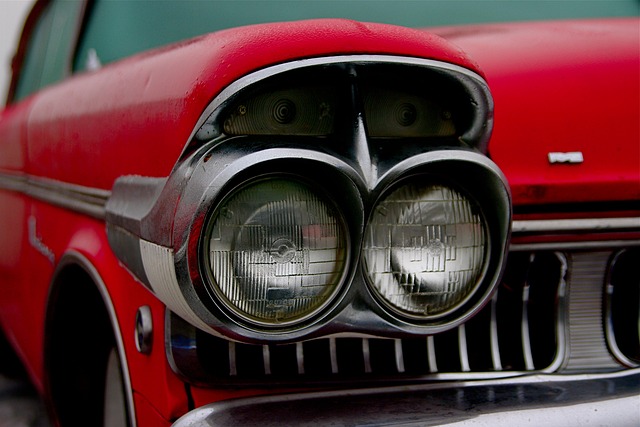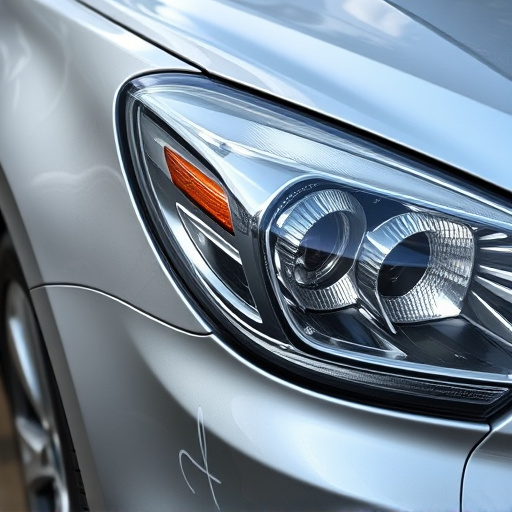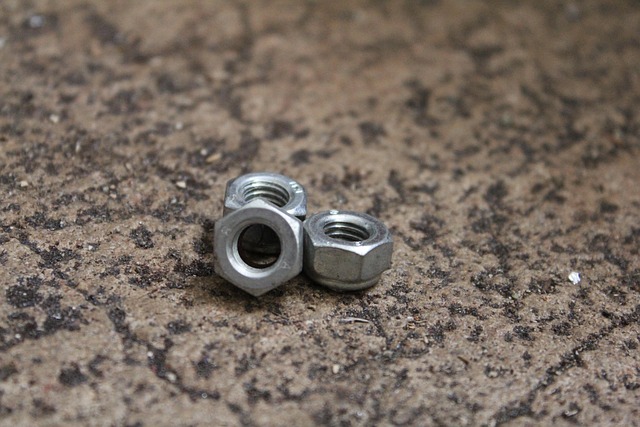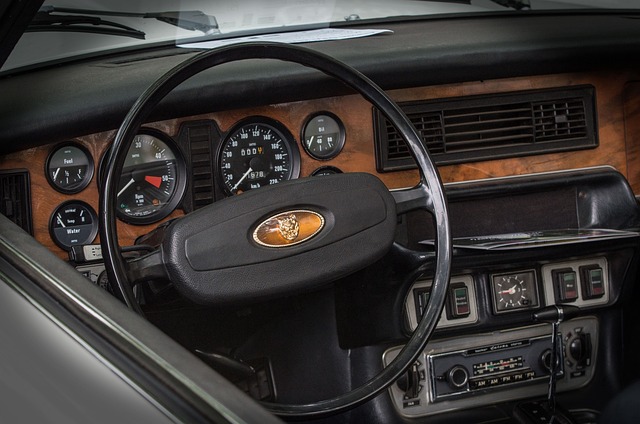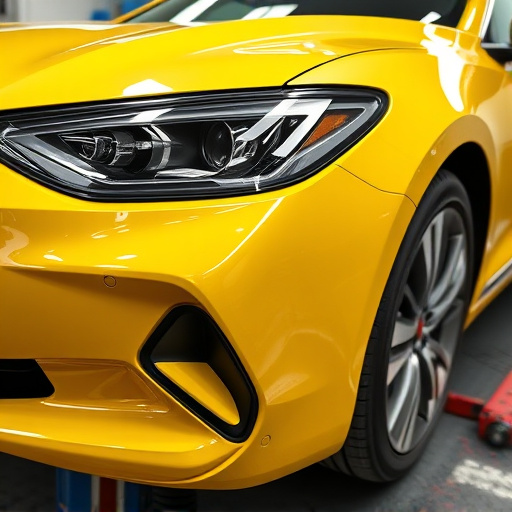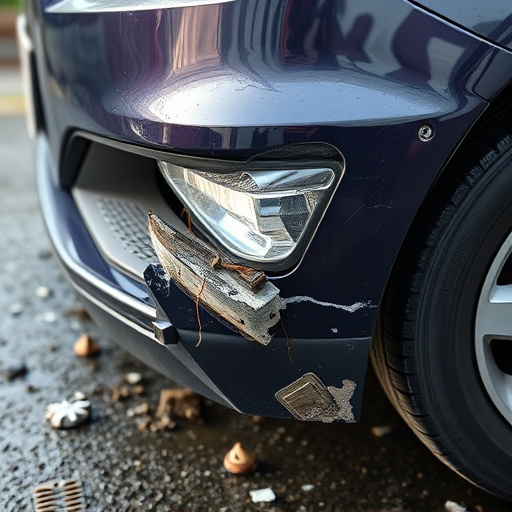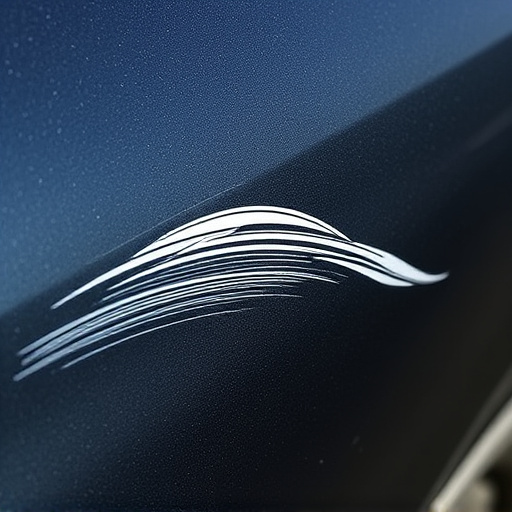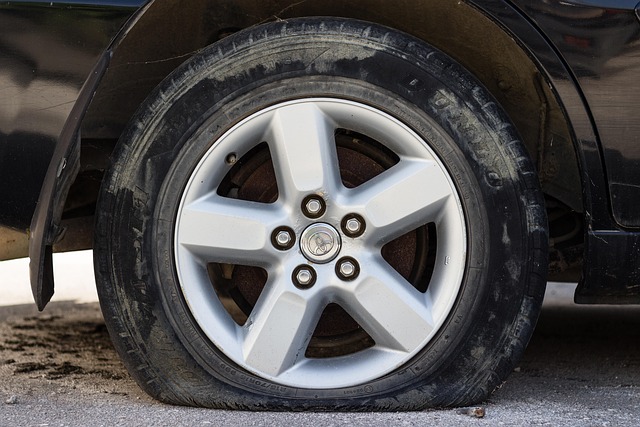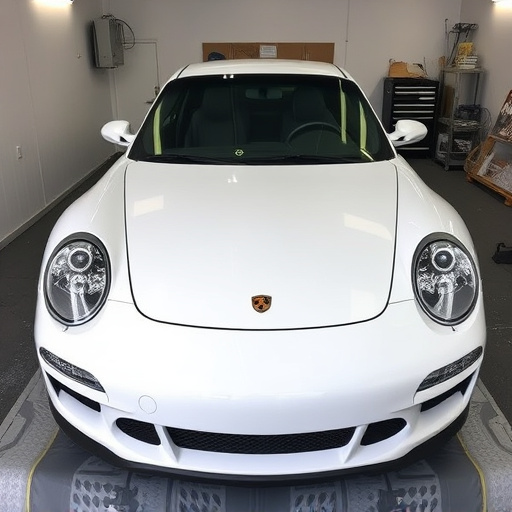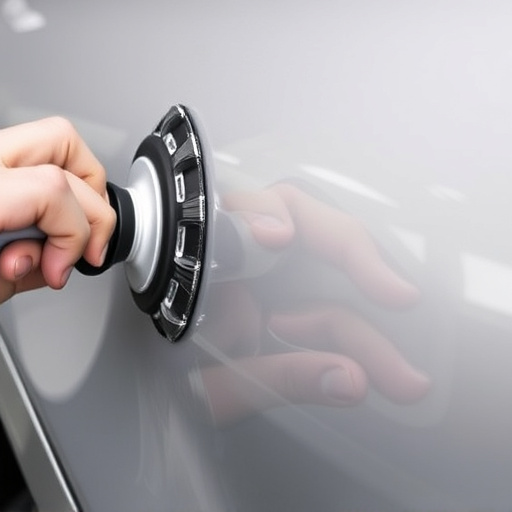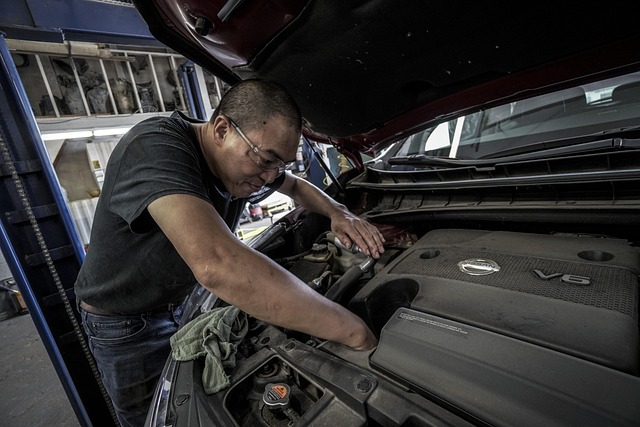Candy paint collision repair demands specialized skills and tools due to its thin, transparent layers prone to chipping. Pre-repair inspections are vital for assessing damage like dents, scratches, rust, and structural issues. Safety gear, including goggles, respirators, gloves, and protective attire, is essential to mitigate risks during the process, ensuring quality and integrity in auto painting and classic car restoration.
In the realm of automotive restoration, candy paint collision repair stands out as a meticulous art. This article delves into the intricacies of ensuring safety during the process, highlighting crucial aspects like understanding the unique properties and vulnerabilities of candy paint, conducting thorough pre-repair inspections to identify damage and potential hazards, and equipping yourself with essential safety gear for effective and secure repairs. By adhering to these guidelines, professionals can deliver top-tier results while prioritizing safety in every step of the candy paint collision repair procedure.
- Understanding Candy Paint: Properties and Vulnerabilities
- Pre-Repair Inspection: Identifying Damage and Hazards
- Essential Safety Gear for Effective Collision Repair
Understanding Candy Paint: Properties and Vulnerabilities
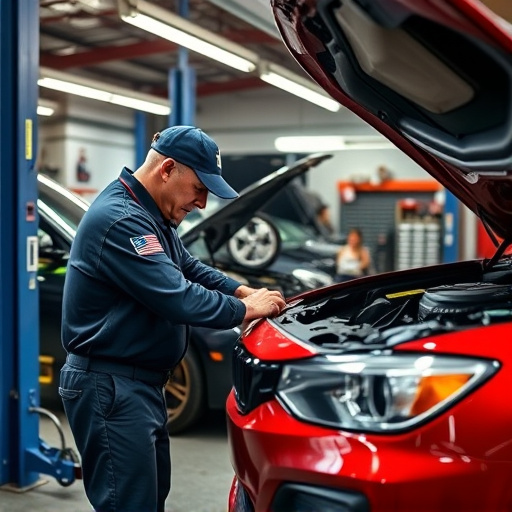
Candy paint, a popular choice for automotive finishes due to its vibrant colors and glossy finish, is a delicate material that requires specialized care during collision repair. Unlike traditional paints, candy paint has unique properties that make it both desirable and challenging to work with. Its thin, transparent layers are designed to create stunning visual effects, often featuring iridescence or metallic shifts. However, these very characteristics also make candy paint vulnerable to chipping, flaking, and damage during a vehicle collision repair process.
When a luxury vehicle with candy paint is involved in an accident, the first step in effective collision repair is understanding the material’s vulnerabilities. The delicate layers of candy paint can be easily compromised by improper handling or aggressive repair techniques. Therefore, specialized tools, precision, and experienced technicians are essential to ensure that the original aesthetics and integrity of the candy paint finish are preserved during the vehicle collision repair process, especially when compared to regular scratch repair or luxury vehicle repair procedures.
Pre-Repair Inspection: Identifying Damage and Hazards

Before initiating any candy paint collision repair procedure, a meticulous pre-repair inspection is paramount to ensure safety and effectiveness. This initial step involves carefully examining the vehicle for visible damage, including dents, scratches, cracks in the paint, or any other signs of impact. Technicians trained in candy paint collision repair should also assess potential hazards that could complicate the process, such as rust, underlying structural damage, or previous poor repair work.
During this phase, taking detailed photos and notes can be invaluable, serving as a reference point for the restoration’s progress. Identifying these issues early allows specialists to devise tailored strategies, ensuring a seamless classic car restoration or auto painting process, while also mitigating risks associated with car scratch repair.
Essential Safety Gear for Effective Collision Repair

When engaging in candy paint collision repair procedures, ensuring your safety should be the top priority for any professional or enthusiast. The right safety gear is essential to protect against hazardous materials, debris, and potential injuries during the intricate process of repairing and refinishing vehicles. For instance, auto repair near me specialists often rely on high-quality protective goggles to shield their eyes from paint fumes, flying particles, and splashes.
Additionally, a respirator mask is crucial for breathing in an environment that might contain harmful chemicals or toxic dust, especially during the sanding and painting stages of automotive collision repair. Given the precision required in candy paint applications, gloves that offer both dexterity and protection against chemical burns or cuts from sharp edges are indispensable. Remember, proper attire, including long-sleeved shirts and pants, helps to prevent skin exposure to chemicals, dirt, and other contaminants often found in hail damage repair scenarios.
In conclusion, mastering safe candy paint collision repair techniques is paramount for achieving high-quality finishes while ensuring mechanic and customer safety. By understanding the unique properties and vulnerabilities of candy paint, conducting thorough pre-repair inspections, and investing in appropriate safety gear, professionals can confidently navigate the process, minimizing risks and delivering exceptional results. These precautions are essential steps in the candy paint collision repair procedure, fostering a safe and effective working environment.
